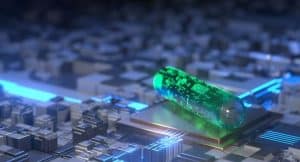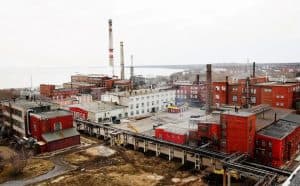
Wood Mackenzie, provider of decision intelligence for the world’s natural resources sector, is offering a new service to cover entire electric transportation value chain from mine to market.
On Monday, the consultancy group announced the launch of its Electric Vehicles and Battery Supply Chain (EVBSC) service at this week’s Mining Indaba 2023 conference in Cape Town, South Africa. The Mining Indaba 2023 is Africa’s largest conference dedicated to the continent’s mining and metals industries, and runs from February 6 to 9.
The EVBSC has been designed to help users:
- Understand future supply trends across key battery raw materials;
- Predict battery and metals demand with electric vehicle and energy storage forecasts;
- Analyze trade flows and patterns for battery chemicals and components;
- Evaluate new growth opportunities in the battery materials sector;
- Identify trends in country and company electrification targets;
- Assess cell manufacturers’ technologies and detail automakers’ supply chains; and
- Leverage price forecasts for benchmark and ‘battery grade’ metals.
The EVBSC also monitors key end-use markets, industry news, price movements and related macroeconomics.
“The EVBSC has been created by Wood Mackenzie to reflect the growing interest in one of the most important sectors for the implementation of a successful energy transition,” Max Reid, Wood Mackenzie’s senior research analyst for the EVBSC, said in a media release.
“Having access to detailed analysis and forecasts of the electric transportation value chain will allow subscribers to assess investment opportunities and make cost-effective sourcing decisions from mine to market,” he added.





